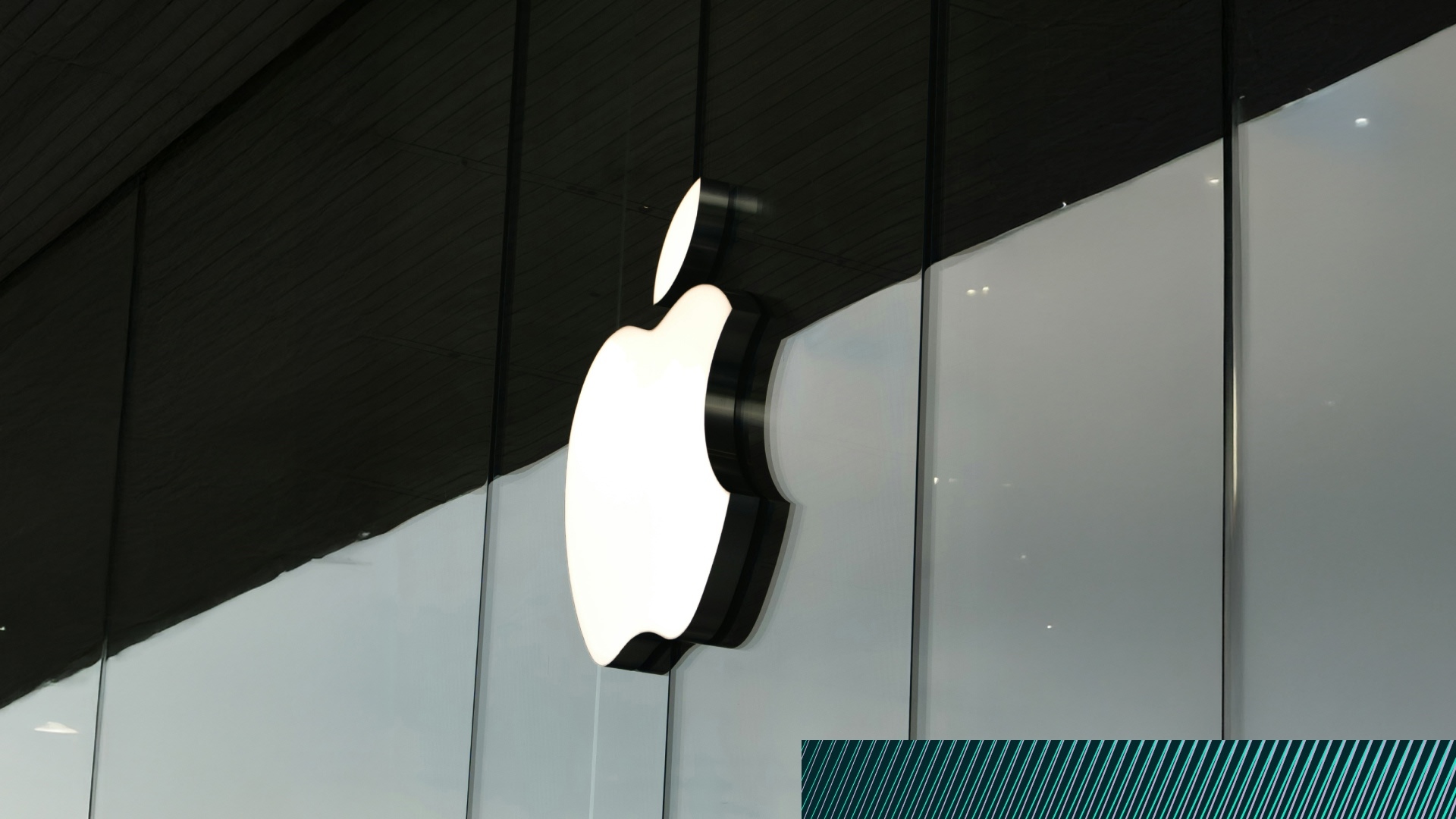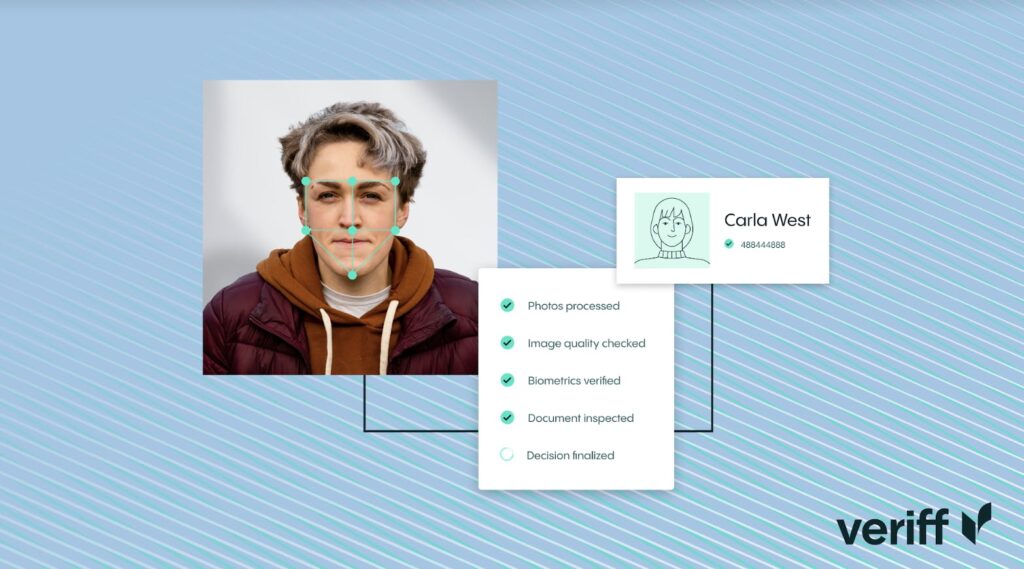Fraud Article
The new Apple digital ID and what it really means for trust
Apple’s Digital ID in Apple Wallet is here, promising a new level of convenience for travelers. Imagine scanning your passport and breezing through select TSA checkpoints with just your phone. But is it as seamless as it sounds?

Apple just announced its new Apple Digital ID feature in Apple Wallet. It lets users scan their passport, complete a selfie, store their identity on their device, and present it at certain TSA checkpoints inside the United States. It is a milestone for consumer convenience and a clear sign that digital identity is becoming mainstream.
However, is not a replacement for identity verification. Far from it, in fact.
What has Apple actually launched?
The current version of Digital ID is limited in both scope and authority.
- It is created by Apple from a passport scan. It is not a government issued digital ID.
- It works for domestic air travel only. It does not replace a physical document and it is not valid for international use.
- It does not include any fraud detection, biometric matching or risk analysis. It is a storage feature and a presentation feature, not a verification feature.
A Reddit user summed it up well: Apple is now an additional party holding a copy of passport data, which raises its own questions about trust chains and risk.
Why does this not change the KYC and IDV ecosystem?
Digital ID is not the same as verified identity. It simply means that a credential has been stored securely on a device. It does not confirm that the person holding the device is the rightful owner of the document, or that the identity presented meets any regulatory, compliance or anti-fraud requirement.
Enterprises still need a full identity verification workflow. They need global document coverage, biometric checks, fraud signals, compliance layers, sanction and PEP screening, age assurance, audit trails and ongoing monitoring. Apple is not providing these things.
Why is this good news for Veriff?
Apple’s announcement does not shrink the need for KYC. It expands the conversation. When a company like Apple puts digital identity in front of hundreds of millions of users, it raises expectations around ease and speed. It gets people thinking about a future where credentials live digitally and can be shared safely.
In that future, the hard problems remain. Fraud remains. Regulation remains. Cross border identity trust is still a challenge. Enterprises still need a verification partner that can prove a real person is behind the credential and that the credential is legitimate.
This is the space where Veriff leads. Our platform brings together global coverage, deep fraud detection, liveness, biometrics, regulatory alignment and a full risk engine. As more digital credentials appear, the value of independent verification only increases.

Apple’s new Digital ID is a milestone for consumer convenience, but it isn’t identity verification. It stores a credential — it doesn’t validate a person. As digital identity becomes mainstream, the need for independent, trusted verification only grows. That’s exactly where Veriff leads: proving legitimacy, detecting fraud, and delivering real trust in a world of digital credentials.

The bottom line
Apple’s Digital ID is an important step for convenience, but it does not solve the enterprise need for trust. It does not verify identities. It does not handle fraud. It does not meet KYC, AML or regulated onboarding requirements.
The rise of digital credentials is a positive development for the entire identity ecosystem, and it highlights the importance of a strong, independent verification layer. That is exactly what Veriff provides.













